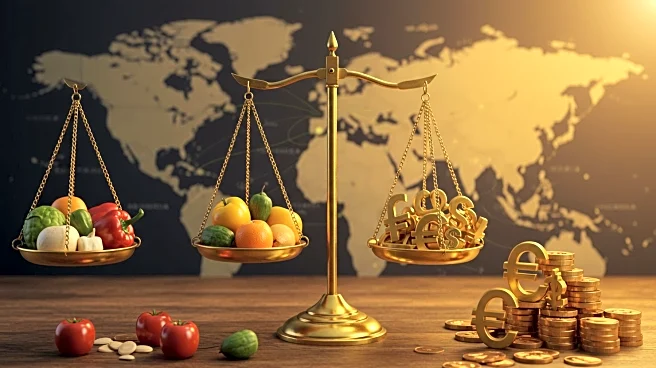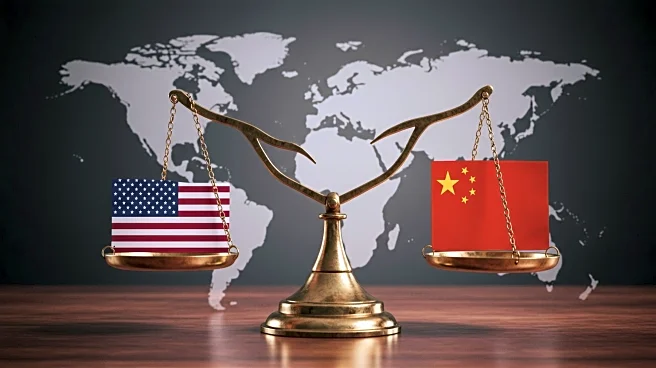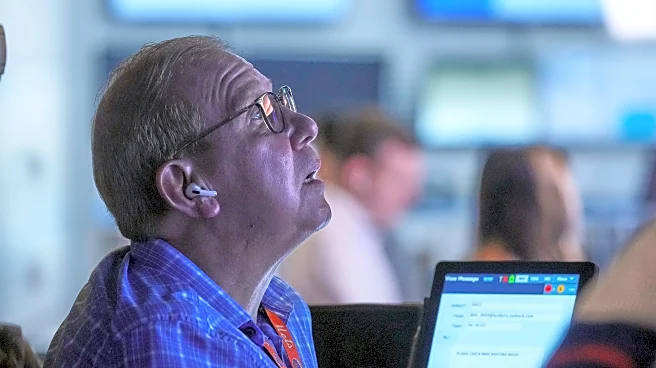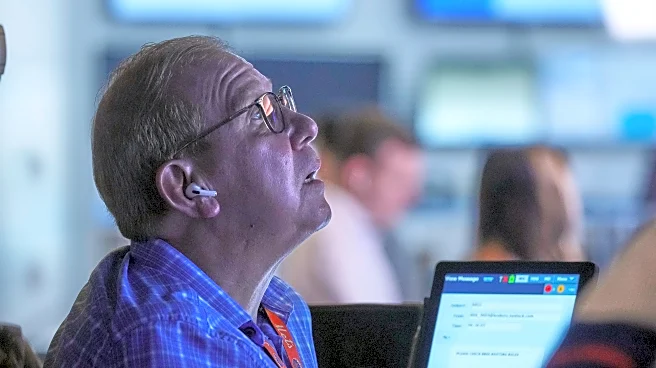Rapid Read • 6 min read
The global trading system is undergoing significant changes as the U.S. under President Trump seeks to reshape international trade dynamics. The administration's approach includes imposing tariffs and moving away from multilateral agreements, which has disrupted traditional trade practices. This shift has raised questions about the future of the World Trade Organization (WTO) and the viability of a rules-based trading system. The U.S. and China, as major economic powers, are increasingly setting their own trade rules, challenging the existing global framework.
AD
The changes in U.S. trade policy have far-reaching implications for global trade and economic stability. Smaller countries that rely on the WTO for protection may find themselves vulnerable as larger nations bypass multilateral agreements. The potential fragmentation of the global trading system could lead to increased trade tensions and economic uncertainty. Industries and economies worldwide may need to adapt to a more fragmented and bilateral trade environment, impacting global supply chains and market access.
Countries may seek to form new trade alliances and agreements outside the traditional WTO framework. Efforts to diversify trade partnerships and reduce reliance on the U.S. and China could gain momentum. The evolution of the global trade system will depend on how countries navigate these changes and whether new multilateral or regional agreements can be established to provide stability and predictability in international trade.
AD
More Stories You Might Enjoy












